Onsen Culture in Japan
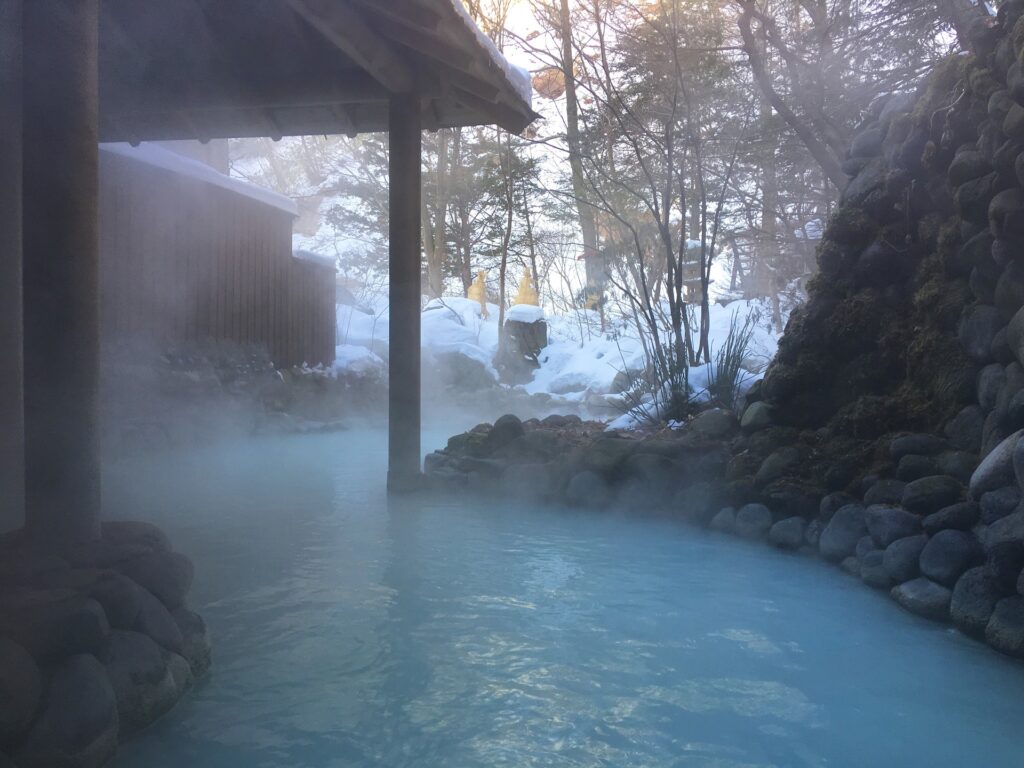
As a country with a long history and a rich culture, Japan has a huge range of cultural activities to participate in when traveling or living in the country. With everything from the rigid structures of tea ceremony and flower arrangement to the natural freedom of summer festivals and creative arts, there is something to suit everyone. However, one of the most ubiquitous cultural activities is as simple as bathing. Going to an onsen is an activity much-loved by the Japanese people. The long history of onsen has allowed an entire culture to develop around it and become so much more than simple cleaning. Bathing and onsen culture in Japan is a unique aspect to Japan’s heritage that can be easily enjoyed by both visitors and residents.
What is Onsen?
An onsen is a naturally-occurring hot spring, usually caused by geothermal activity. With Japan as a hotbed for volcanic activity, it is no surprise that there are thousands of hot springs spread throughout the country. To be officially classified as an onsen, a hot spring must have a natural temperature of 25˚C or more before any artificial heating elements are used. It also must contain at least one of 19 different chemical elements, often including minerals such as iron and sulfur. In Japan, the term onsen is used to refer to both the natural hot spring and the business that provides access to the hot spring as a communal bath. Ryokans, or Japanese traditional inns, form a sub-category of these businesses. They operate as a traditional hotel offering access to natural onsens and beautiful Japanese cuisine. There are also many ‘onsen towns’, small towns or villages located in areas of historically significant or chemically significant onsens. The town usually has a variety of different onsen businesses and ryokans, all serviced by the same natural hot spring.
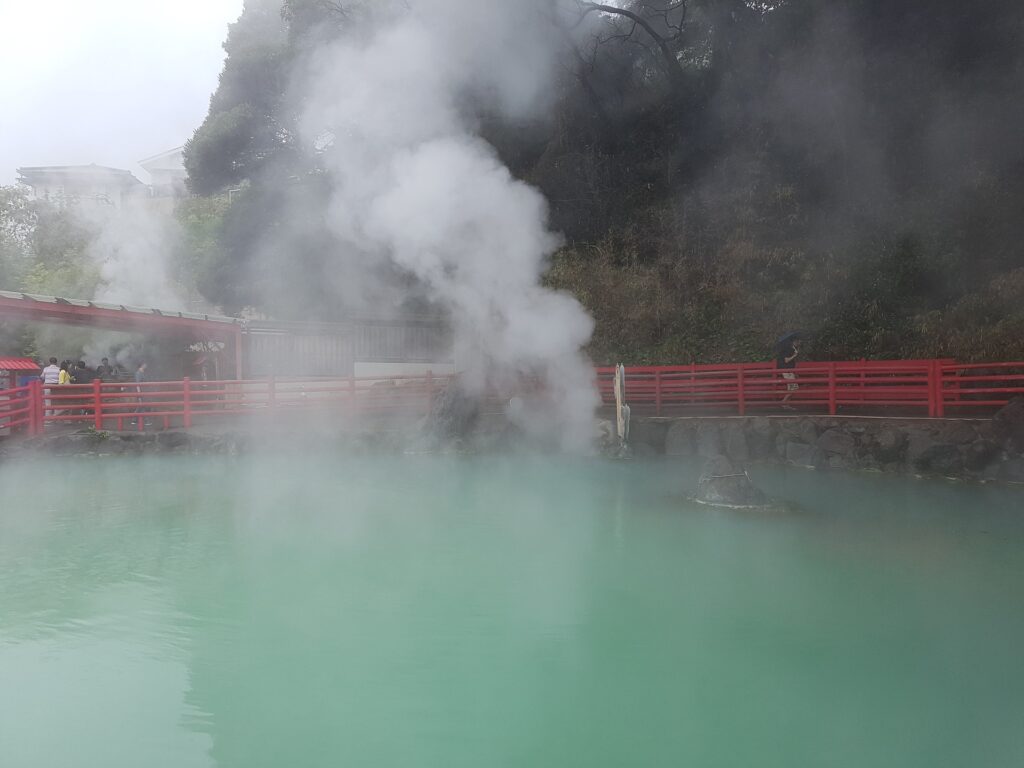
Onsens are ubiquitously popular throughout Japan, but not everyone can live near a natural hot spring. So, in the 1500s, sentos were introduced for those living in areas without onsens. This coincided with the popularisation of onsen among the people of every class of society. A sento is an artificially-created onsen. The water is artificially heated and any beneficial mineral elements to the water are added, rather than naturally occurring. In modern times, this has evolved further to allow the creation of super-sentos, multifloor sento buildings with themed bathing areas.
History of Onsen
Onsens have been in existence for thousands of years in Japan. The first mention of onsen is in a history book from the 6th Century, at which point they are described as an already existing part of society. However, the role of onsens in society has changed a lot throughout history. The waters of onsens were thought of as ‘healing waters’ and having mystical properties according to ancient Shintoism, which led to their original role in Shinto purifying rituals. They were also used as healing baths for the Emperor, and over time, for other members of the upper echelon of Japanese society. During this time, onsens were a luxury reserved the higher class. Around the Edo Period is when onsens gained both popularity and accessibility to the general citizens. Many houses were built without bathrooms, meaning the ability to go to an onsen or sento to bathe became a part of everyday life.
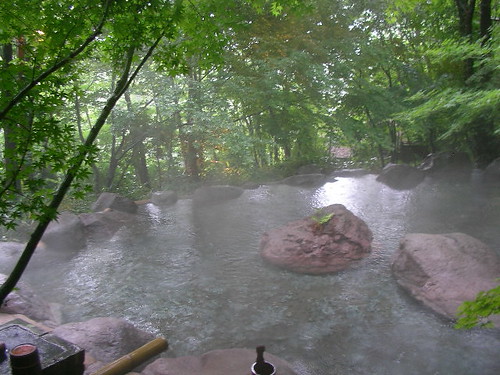
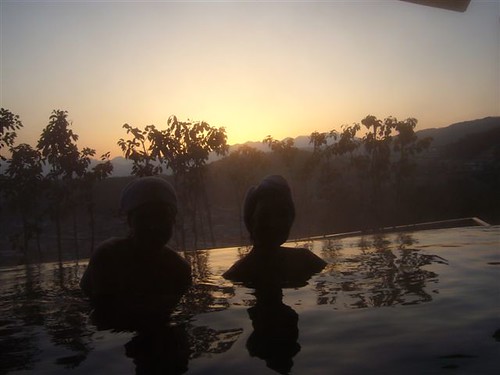
Modern Day Onsens
Throughout the 20th Century, the inclusion of bathrooms in house building became more normalised and so visiting an onsen became less of a necessity and more of a leisure activity. Visiting the onsen is now a common weekend activity for Japanese families and going to ryokan in an onsen town is a popular holiday destination. There are still strong beliefs in the healing properties of natural hot springs and so visiting an onsen is a form of relaxation and self-care. There is also a strong culture around the communal aspect of onsens. Bathing together is said to create close familial bonds and to strengthen friendships. It is thought that barriers to communication are dropped when all artifice, including clothes, accessories and the like are also dropped. Therefore, going to an onsen together is a popular family activity, despite gender-segregated baths meaning the family won’t be fully together for most of the time. It is also popular for couples to visit ryokans on romantic weekend getaways or for friends to enjoy going to an onsen town together.
Benefits
The benefits of onsen are strongly-believed in by Japanese people and many foreign visitors will attest to the merits also. The benefits of different onsen vary based on the mineral and chemical makeup of the water, meaning it is possible to visit different onsen to achieve different results. Some of the general health benefits offered by onsens are fatigue reduction, relief for muscle pain, stress reduction and an improvement in skin appearance. However, specific onsen cater to different issues and so may be ‘stronger’ in some benefits rather than others. Some examples include:
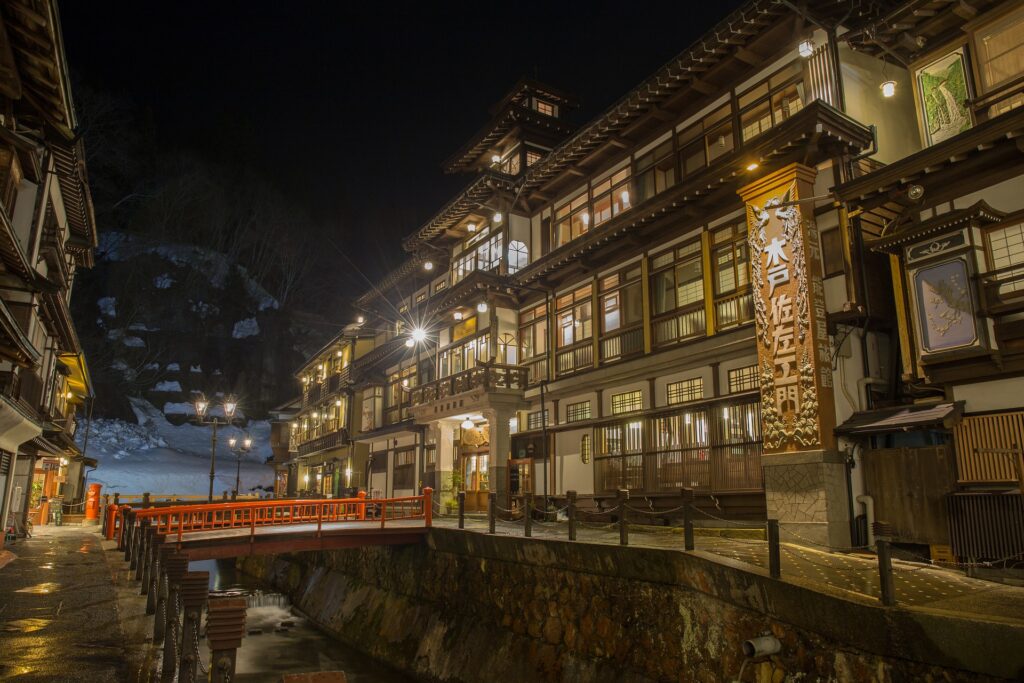
Sansei-sen, or acidic water, is often praised for its ability to improve serious skin issues, including healing scars and chronic skin problems. It is also said to be helpful with issues like athletes foot. As the water is acidic, it can cause irritation for those with sensitive skin. On the other end of the spectrum is alkaline water. Ironically, alkaline water is also supposed to be very good for skin issues. However, it is usually referred to in a more beauty-related way, rather than skin health. Alkaline water helps with smoothing and exfoliating the skin along with reducing any dark spots. It is so revered that it is often referred to as ‘bijin-no-yu’, or ‘the water of beautiful women’.
Outside of the acid-alkaline spectrum, some other minerals and components often favoured in onsen water include iron. Water that is high in iron has a rusty red colour and is supposed to be good for those with anemia, high blood pressure or other blood related issues. Some onsens have a high content of sodium and magnesium chloride. Magnesium is used in baths worldwide to help relive muscle and joint pain, and the same is true in Japan. Magnesium-rich onsens are useful for those with chronic pain and ongoing joint issues. It is also supposed to be good for those dealing with sleep disorders.
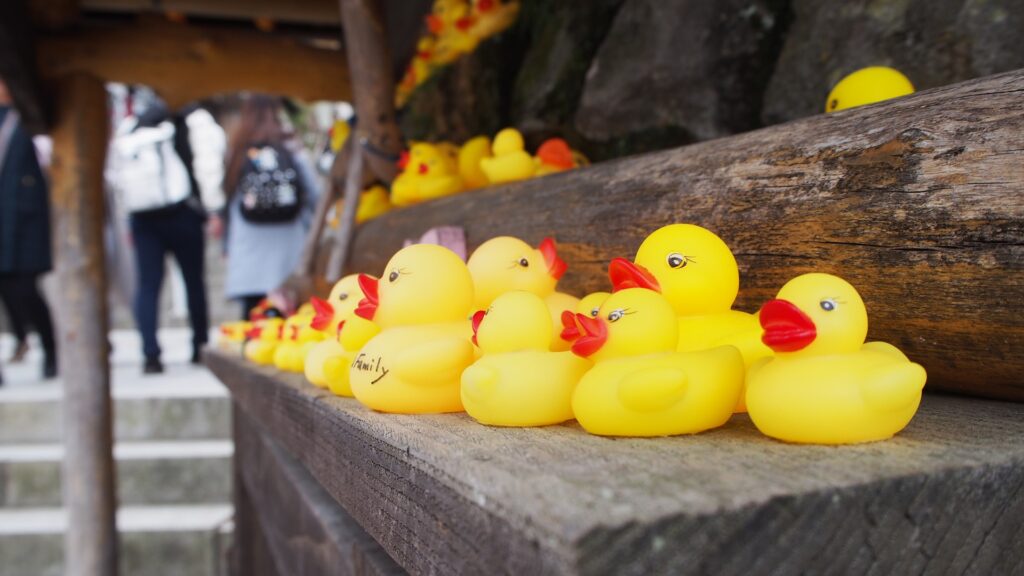
One of the more interesting types of onsen water is tansan-sen, or carbonated water. The naturally carbonated water is quite rare, but is able to be found at some onsens in southern Japan. The carbonation in the water is supposed to improve blood circulation and help with detoxification. These are just some of the few possibilities available when it comes to onsen benefits in Japan. With such variation throughout the country there are onsens available specialising in all types of water mineral composition, texture and appearance. From milky white sulphuric water to fizzy carbonate water, exploring different onsens can allow for a huge range of experiences.
Conclusion
Onsens are a long-standing part of Japanese culture and have been throughout history. From their roots in Shinto spirituality to the modern place of leisure, onsens have always provided a respite from difficult aspects of the world. Whether it is through belief in their health benefits or through improved family bonds, onsens have been a cornerstone of Japanese society and have provided healing to the people of Japan. With many different types of onsens available, as well as a huge range of locations throughout Japan, onsens are a perfect activity for people travelling or living in Japan. Visiting an onsen or staying at a ryokan is a great way to truly experience Japanese culture authentically.
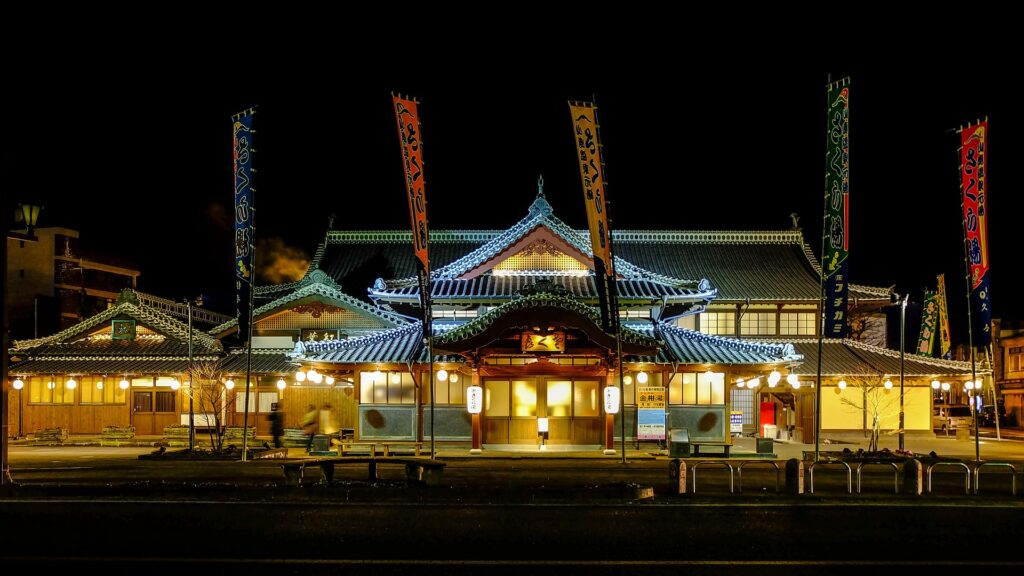
Book Your Stay Now in Japan
Use the interactive map below to search, compare and book hotels & rentals at the best prices that are sourced from a variety of platforms including Booking.com, Hotels.com, Expedia, Vrbo, and more. You can move the map to search for accommodations in other areas and also use the filter to find restaurants, purchase tickets for tours and attractions, and locate interesting points of interest!

Hannah Cook has been living and working as a teacher and writer in Osaka for almost four years and throughout that time she has tried to experience as much of Japanese culture as possible. Hannah enjoys travelling in Japan and seeing everything from the flashy lights of Tokyo to the serene landscapes of countryside Japan.